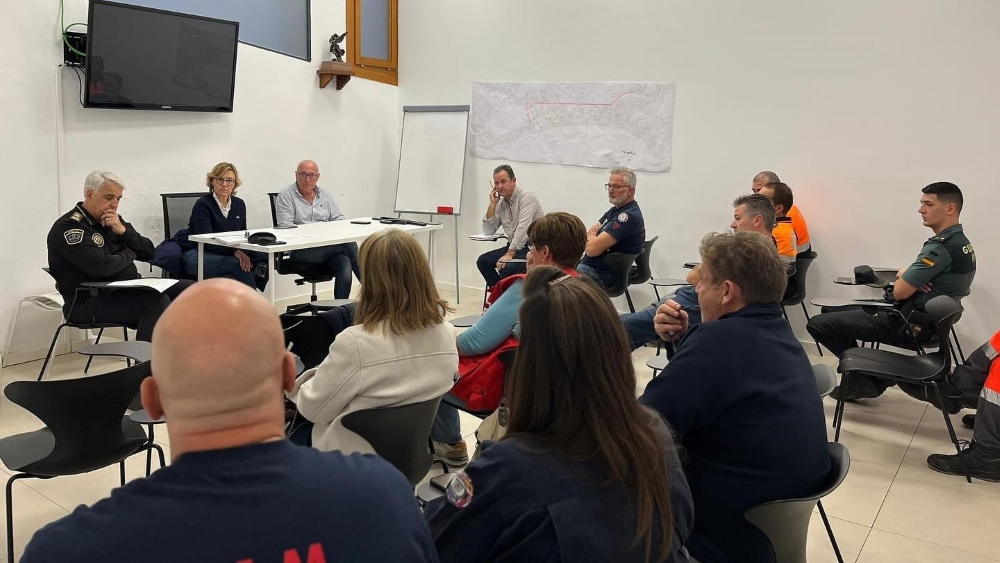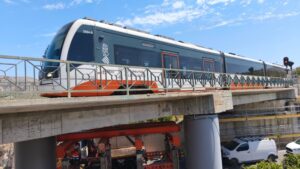Xàbia activates CECOPAL to prepare for potential for severe weather episode
The local council will follow a defined three-stage action protocol to ensure that the population remains as safe as possible.

As the state meteorological agency AEMET continues to issue a series of risk alerts for the potential for very heavy rain and storms in our area over the next few days, mayor Rosa Cardona has activated CECOPAL, the local emergency operations coordination centre, to assess the situation and coordinate all the emergency services, including the volunteer units, to be able to provide an effective response to any difficulty situation that may arise during this period.
CECOPAL is attended by representatives from the Policía Local, Bomberos, Guardia Civil, Protección Civil, ISVH Voluntarios Balcón al Mar, Cruz Roja de Xàbia as well as relevant municipal staff, including the councillors responsible for Public Safety and Services, and the local meteorological expert Toni Bolufer (MeteoXàbia).
AEMET has warned of the potential for severe weather conditions in our region caused by the passage of another DANA phenomenon across the peninsula and has issued an orange risk warning which is valid from 9.00pm tonight Tuesday 12th November until midnight tomorrow Wednesday.

Municipal Emergency Protocol (PAM)
Since 2021, there has been a defined municipal protocol to follow in the face of the potential for severe or extreme weather conditions. It is based on three phases of action.
Pre-Emergency Phase
- CECOPAL is convened to assess the risk based on meteorological reports from the State Meteorological Agency (AEMET) which will have issued early warnings.
- The population is informed of possible adverse conditions through official communication channels, including radio and public address vehicles.
There are specific measures that can be followed by residents to minimize the potential risks during the episode, including stocking up on basic supplies, safeguarding valuables, knowing evacuation routes and staying informed through local radio and television station.
Emergency Phase
- This phase is activated when a flood occurs or a situation exceeds the pre-emergency phase. Authorities can order the confinement of the population in their homes or evacuation, depending on the magnitude of the emergency.
The local police will use a mobile public address system in their vehicles to alert the population if necessary. These message are broadcast in both Spanish and English.
In case of evacuation, the council has the means to provide shelter in various places across the municipality, including the Santuario Ntra. Sra. de los Ángeles on La Plana and the Palacio Municipal de Deportes in the port. These evacuation points are equipped to meet the basic needs of evacuees. - During the emergency phase, security, intervention and logistical support resources and personnel are deployed. Intervention units include the local police, firefighters, medical services and volunteer teams.
- Control and surveillance points are established in critical areas to monitor water levels and safety conditions on communication routes.
Normalization Phase
- When water levels and risks subside, the recovery process begins. During this phase, work is done to restore basic services and clean up affected areas.
- CECOPAL coordinates the assessment of damage and oversees the gradual return to normality to avoid new incidents.





